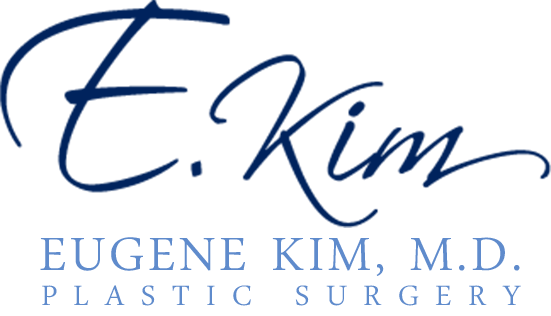 The nostril and nose tip form a triangle called the pyriform aperture when the nose is seen from beneath. To reduce the width of the nasal tip, a surgeon will make adjustments to the pyriform aperture.
The nostril and nose tip form a triangle called the pyriform aperture when the nose is seen from beneath. To reduce the width of the nasal tip, a surgeon will make adjustments to the pyriform aperture.
A rhinoplasty surgeon can make the nose narrower by creating steeper angles in this triangle at the point where the nostrils attach to the face.
Board certified plastic surgeon Dr. Eugene Kim provides rhinoplasty to patients in Beverly Hills, Los Angeles, Santa Monica, West Hollywood, CA, and surrounding communities.
Nasal Base Reduction
Nasal base reduction refers to a rhinoplasty technique that decreases the width of the nose base when it is excessively broad in comparison to other characteristics of the face. Nasal base reduction is a routine part of rhinoplasty and revision rhinoplasty in some variation.
In ethnic rhinoplasty procedures, the reduction of the nasal base is even more common. Nose reshaping surgery candidates of Asian, African American, and Middle Eastern descent usually require nasal base reduction. People from these ethnicities typically have a wider nose base which may need reduction to improve the nose appearance.
A large number of patients considering rhinoplasty or revision rhinoplasty complain of an excessively broad nose or a nose that is too wide at the base. The nose base is usually measured from the outer margin of one nostril to the outer margin of the other.
Ideally, the width of the nose base should not be more than the distance between the eyes. If an imaginary line ran vertically down from either eye corner (inner canthus), the nose base should fall between these two lines.
But this is the cosmetic ideal for a Caucasian nose, and this standard may be unsuitable for ethnic rhinoplasty patients. Most ethnic rhinoplasty patients will attain optimal outcomes if the nasal base is slightly wider than this ideal measurement.
Anatomy Involved In Nasal Base Reduction
The surgeon must have an in-depth knowledge of the structure of the nose base region to determine a specific surgical treatment to meet the needs of an individual patient. The columella is the column-like structure found in the middle of the nasal base.
The columella bifurcates the nostrils into left and right sides. Alar base insertion is the portion of the nostril side wall that attaches to the upper lip and cheek point. The nasal sill area is the region that lies between the columella and the alar base insertion.
A Wide Sill Area
Certain rhinoplasty candidates with a broad nose base tend to have a wide sill area that gives the nose extra width. A broad sill could lead to a more horizontal type nostril shape, which is a common occurrence in patients with a wide nose sill.
Expectations after Reduction Rhinoplasty Surgery
The recovery period and strategies for reduction rhinoplasty are the same as those for any other rhinoplasty procedures. The patent will experience swelling and discomfort for a number of days following the nose surgery, and the surrounding tissues will gradually heal.
The bruising and swelling will subside slowly as the area heals. The results of the rhinoplasty will establish over time, and the patient can gradually return to their routine activities after the recovery period.
Cosmetic surgeon Dr. Eugene Kim receives patients from Beverly Hills, Los Angeles, Santa Monica, West Hollywood, CA, and nearby areas for rhinoplasty.
Click here see more plastic surgery procedures and treatments performed by Board Certified Plastic Surgeon, Dr. Eugene Kim on patients in Beverly Hills, Los Angeles, West Hollywood, Santa Monica and surrounding areas or call 310-271-6996 to schedule a consultation.
